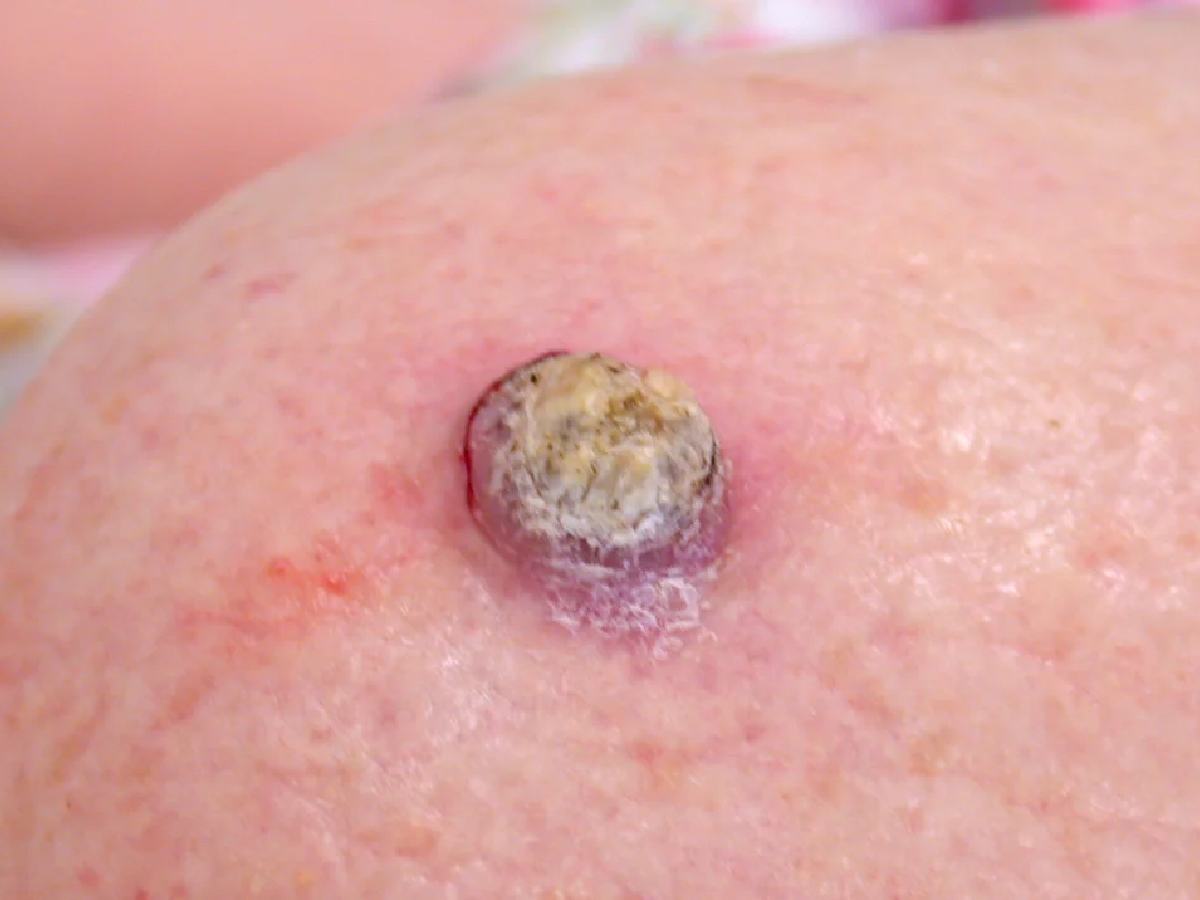
In the quest for beauty and protection, many of us turn to an array of products daily, from sunscreens to skin lighteners, without fully understanding their long-term effects on our health, particularly concerning skin cancer. This article delves into the complex relationship between common personal care products and the risk of skin cancer, exploring both the scientific evidence and consumer concerns.
Understanding Skin Cancer
Skin cancer is predominantly caused by ultraviolet (UV) radiation from the sun or artificial sources like tanning beds. However, the role of the products we apply to our skin daily is increasingly under scrutiny. Here’s a look at some product categories and their potential implications:
Sunscreens: A Double-Edged Sword?
Sunscreens are our primary defense against UV radiation. However, not all sunscreens are created equal:
Chemical Sunscreens: These use compounds like oxybenzone or avobenzone to absorb UV rays. While effective, there’s debate over their potential to cause skin irritation or act as endocrine disruptors. Concerns also arise from how these chemicals are absorbed into the skin and potentially into the bloodstream, though direct links to skin cancer are not conclusively proven.
Mineral Sunscreens: Containing zinc oxide or titanium dioxide, these sunscreens sit on the skin’s surface, reflecting UV light. They are generally considered safer but must be applied thickly to be effective, which can be less appealing aesthetically.
Also read: Is your cough more than just a cold? Key signs of lung cancer to watch for
Tanning Products
The use of tanning oils or lotions, which often contain ingredients that intensify UV absorption, directly correlates with an increased risk of skin cancer. These products are designed to enhance tanning, not protect against it, thereby increasing UV exposure and skin damage.
Skin Lighteners and Treatments
Products like hydroquinone, used for skin bleaching, pose risks if used over prolonged periods. While not directly causing cancer, such products can lead to conditions like ochronosis, which might be misdiagnosed as precancerous conditions, prompting further investigation and concern.
Cosmetics and Beyond
Parabens and Formaldehyde Releasers: Commonly found in makeup and hair products, these preservatives have sparked debates over their carcinogenic potential. While evidence linking parabens directly to cancer is inconclusive, formaldehyde, even in low concentrations, is a known carcinogen.
Hair Dyes: Permanent hair dyes, especially darker shades, contain aromatic amines, which have raised eyebrows due to their potential carcinogenic properties. However, direct causation to skin cancer remains debated.
Fragrances
Synthetic musks and other compounds in fragrances might have long-term health implications, though connecting these to skin cancer specifically is not straightforward. The complexity lies in the sheer variety of chemicals used and their interactions within the body.
Also read: Understanding how mpox spreads is key to controlling an outbreak: Dr Ritu Saxena
The Consumer’s Dilemma
For consumers, navigating this landscape requires informed choices:
Read Labels: Opt for products with transparent ingredient lists. Avoid or limit exposure to known or suspected carcinogens.
Use Sun Protection Wisely: Combine sunscreen use with other protective measures like clothing, hats, and timing outdoor activities away from peak UV hours.
Regular Check-Ups: Regular dermatological exams can catch early signs of skin cancer, mitigating risks associated with product use.
In conclusion, while the direct link between many personal care products and skin cancer isn’t always clear-cut, the potential exists, particularly through enhanced UV exposure or chronic use of certain chemicals. Awareness and moderation in product use, coupled with responsible sun behavior, form the foundation of skin cancer prevention. As science advances, our understanding of these risks will evolve, guiding safer practices in beauty and health care routines. Until then, vigilance and education remain our best allies in this battle.
Delhi Police raided a late-night illegal bar in Samaypur Badli, detaining 25 people and seizing…
A rear-end crash near Delhi Haat triggered a blaze that gutted both vehicles, though no…
Court grants probe agency more time as NIA pursues wider links in Red Fort blast…
Featuring works in thread, fabric, performance and digital media, Ski(e)n examines the body as a…
Govt report shows gains in maternal health, with better care access and fewer anaemia cases…
Delhi driver murdered after petty dispute; birthday celebration turns violent, say police